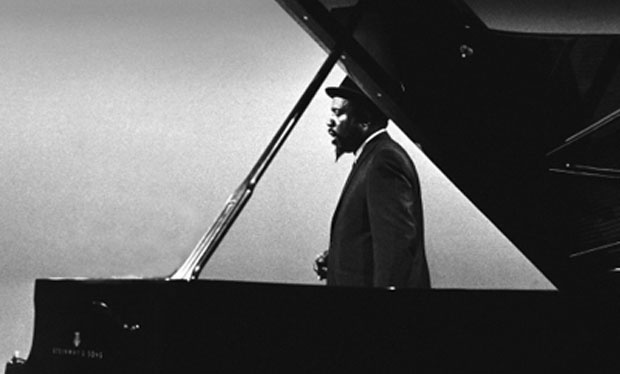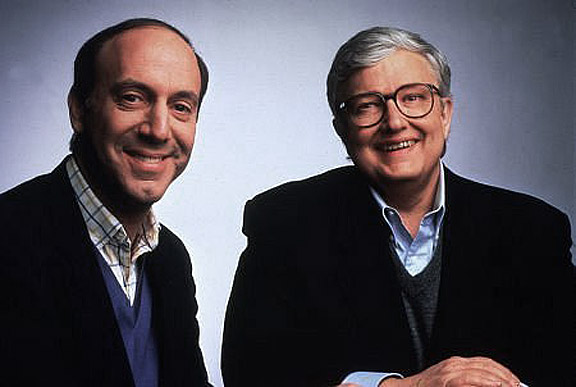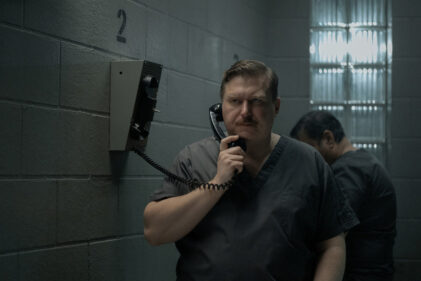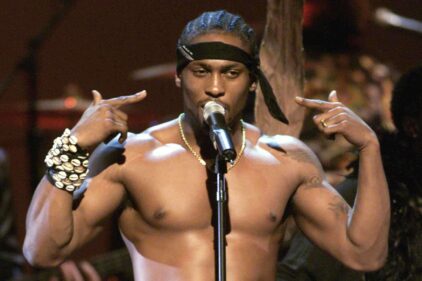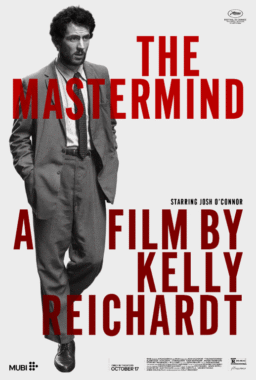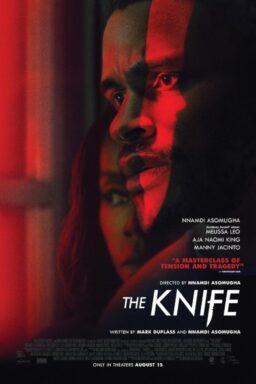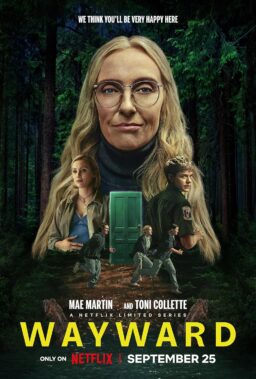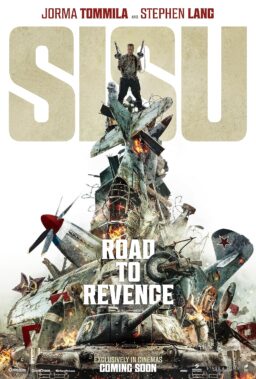Editor’s note: This piece is written in conjunction with the Dallas Video Festival DocFest’s Oct. 8, 2017 screening of “Straight, No Chaser,” a 1988 film about the life and music of Thelonious Monk. The event will include a post-screening Q&A between Dallas Morning News film critic Chris Vognar and jazz pianist and composer Dave Zoller, who has just released a new album of his own arrangements of Monk’s work titled Evidence: Music of Thelonious Monk. For more information on the documentary screening, click here.
__________________________________
Charlotte Zwerin’s “Straight, No Chaser” is a great documentary about a profound and mysterious artist: jazz pianist and composer Thelonious Monk, who would have been 100 years old on Oct. 10 of this year. Thelonious Sphere Monk (what a name!) was born October 10, 1917, in Rocky Mount, North Carolina, and died February 17, 1982 in Englewood Cliffs, New Jersey. He is the second-most recorded composer in the history of jazz, after Duke Ellington—an achievement that becomes more remarkable when you know that Ellington wrote or cowrote about 1,000 compositions, while Monk is only credited with 70.
Monk is also a case study in artistry that’s nearly incompatible with mainstream success. Most jazz fans were quite familiar with his work throughout the last couple of decades of his life. During what was arguably his peak, the early 1960s, he made the cover of Time magazine, one of a handful of American jazz musicians to be so honored. But the intricacy and mathematical daring of Monk’s compositions, his aversion to talking about his work, and his seeming disinterest in the public relations aspects of showbiz, all ensured that he would never be more than a niche artist, adored and treasured by a few. Although Monk’s music has a sprightly, playful energy, owing to its roots in stride piano, it’s also more intellectual, at times abstract, than most of the postwar jazz that crossed over and became popular. In many ways it’s characteristic of how jazz evolved in the post-World War II era, transforming itself from an outward looking musical form to an inward looking one, less concerned with making the audience get up and dance than persuading them to listen and think. Monk’s music makes you feel, too, but only after you’ve absorbed his unusual aesthetic and gotten comfortable with it. After that point, each composition seems as lovely and perfect as dewdrops on a spiderweb.
Further complicating the whole fame thing, Monk suffered from mental illness. It was never properly diagnosed, although it ended up institutionalizing him for long spells. His wife Nellie was his support system throughout his career, but especially near the end, when his problems incapacitated him. Monk’s son Thelonious Monk, Jr. tells of how his father would disappear for days at a time, just walking or wandering. Fellow musicians tell Zwerin that Monk’s behavior during recording sessions and concerts became more alarming over time. Although he was never violent, he would retreat into what Monk, Jr. calls “introversion,” muttering to himself or engaging in repetitious physical motions for minutes at a time. You see a bit of that in the documentary: Monk’s sidemen begin playing, and Monk just rotates endlessly in slow circles onstage. You see him doing the same sort of thing in elevators and hallways and in the lobbies of hotels, spinning like a slow-motion top. He’s usually smiling, but this is not the behavior of a man who’s in control. That he was so prolific and innovative despite his handicaps is a miracle.
Like so many postwar jazz musicians, Monk was a Character with a capital C, but for a long time, there wasn’t much proof of that in the form of film or video footage. He just wasn’t the sort of artist that the media would rush to cover. He wasn’t genial and loquacious like Dave Brubeck, or snarlingly anti-charismatic like Miles Davis. He lived in his own head, and rarely had the inclination or means to leave it. It wasn’t until the late 1970s, when one of this film’s producers, Bruce Ricker, had a chance meeting with German cinematographer and director Christian Blackwood on a New York street, that the idea of a full-length Monk documentary became feasible.
Blackwood told Ricker that he and a crew followed Monk’s group in 1967 during a tour of New York City, Atlanta, and various cities in Europe. It was one of Monk’s great tours, and it happened to coincide with the period when his mental illness started to derail his art. The German footage was ultimately edited into a one-hour documentary that played just once on German TV; thirteen hours of outtakes had been carefully preserved since the ’60s. At one point there was discussion of having Monk himself anchor a new documentary built around the German footage, but his health was iffy, and in February, 1982, he died. Over the next few years, production of the film was hampered by behind-the-scenes complications, including the absence of a will, the lack of an obvious executor (Monk’s wife Nellie was common-law, which created legal issues), and the purchase of Monk’s “life rights” by other fimmakers.
“Straight, No Chaser” eventually became a reality thanks to executive producer Clint Eastwood, a jazz buff and pianist-composer, and Zwerin, formerly an editor for the great documentary filmmaking team of Albert and David Maysles (“Gimme Shelter,” “Grey Gardens“). Eastwood’s company Malpaso provided funds to finish the film. Zwerin shaped the material into a coherent narrative that alternated long black-and-white sequences of Monk rehearsing, performing or recording in a studio; shots of Monk traveling from point A to point B; and recent color interviews with sidemen, friends and family, including Monk, Jr.
Fans of documentaries made in the ’90s and beyond might be shocked by how simple the storytelling is: just long scenes of people talking about Monk, often with minimal editing, followed by long scenes of Monk being himself in the sixties. There are no storytelling affectations imported from fiction films to keep the audience on the edge of its seat, just a patient, clear-eyed account of one man’s art and physical struggles. But this is a big part of what I love about “Straight, No Chaser”: it demands that audiences engage with Monk the person as they would engage with Monk the musician, by listening and thinking. It’s a serious, thoughtful movie but far from a dry one. Monk himself is an incandescent screen presence, one of the oddest and most compelling stars in the history of nonfiction films about music. He mutters, he spins. He plays astonishing runs on the piano and then pulls his hands back as if he’s just touched a hot stove. He confides to others in a voice so low and soft that you laugh once you realize that you actually understand what he said. Every few minutes there’s a sublime moment. My favorite is a slow zoom into a closeup of Monk sitting on a plane next to Nellie, smiling at her with amazement and gratitude.
I have a (tangential) personal connection to Monk’s music: my father, pianist and composer Dave Zoller (mentioned in the opening paragraph) has been obsessed with two great jazz pianists, Monk and Bill Evans, his entire adult life, and his playing style often draws on the style of both. Zoller—or as I like to call him, Dad—will discuss the film after the screening with Dallas Morning News film critic Chris Vognar, then give a performance of Monk’s music with The Dave Zoller Trio. Details up top.

